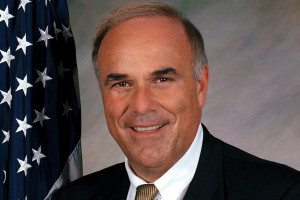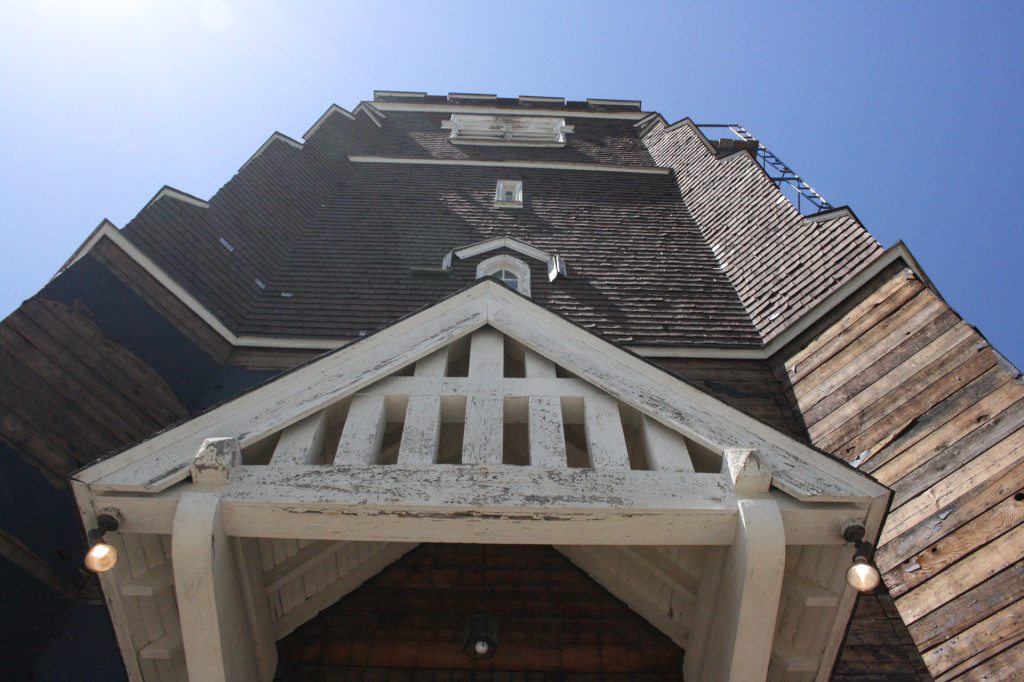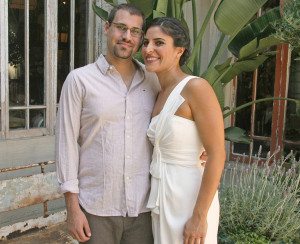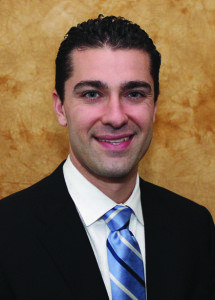ASBURY PARK, N.J.—While decades have passed since the original Asbury Park “kef” events, which were geared towards the Armenian community in the 1950’s and 1960’s, one important element of that generation has withstood the test of time: the performance of traditional live Armenian music.
For the second year in a row, a new generation of diasporan-born Armenian musicians entertained a sold-out crowd with their traditional Armenian instruments and renditions of popular songs at the “Return to Asbury Kef Weekend,” which took place from Aug. 2-4 at the Ocean Berkeley Waterfront Hotel.
The weekend gave Armenians of that historic era in Armenian-American history the opportunity to reminisce about the old days, and the new generation a glimpse of a special time among those who once summered at Asbury Park and attended Armenian “kef” events. Live Armenian singers and musicians were abound the entire weekend, from an impromptu “jam session” by the hotel’s pool—where all guests had a chance to step in and grab a mic, thump on a dumbeg, or play the violin—and the main event of the weekend, the “barahantes” (dance).
Headlining the musical portion of the weekend were members of the Michael Gostanian Ensemble and the Aravod and Artsakh bands. Although they are all U.S. born, they have learned to play traditional Armenian instruments and sing Armenian songs, ensuring that a part of Armenian culture does not get lost in the shuffle of assimilation.
The interest, will, dedication, and inspiration the musicians were exposed to in their youth certainly helped them forge not only an interest in the music, but the instruments and songs as well. The “original” musicians such as Mal Barsamian, Onnik Dinkjian, John Berberian, Richard Hagopian, and Richie Berberian, served as an impetus for the younger generation to pursue this genre of music.
Anthony Deese, a member of the Artsakh Band, who plays the guitar, piano, and keyboard, studied Armenian music during his teen years by listening to recordings of Mal Barsamian and the Vosbikian Band, in particular.
“The Armenian community has a strong affection for its music and, as such, the music has a rich history,” said Deese, a Philadelphia native.
Armen Sevag, who played the violin as a guest with the Michael Gostanian Ensemble, was taught music by his late grandmother, Helen Sevag, who herself performed the violin for 85 years. His music education continued when he joined the Aravod Ensemble in 1997 and explored other instruments such as the oud and kanun. His experiences at Camp Haiastan and Camp Vartan and his exposure to music there also opened him up to Armenian music, which “speaks to our soul as Armenians and is a symbol of our survival and triumph,” said Sevag.
Michael Gostanian’s exposure to Armenian music also started at a young age while in Armenian school and church, gave which him an opportunity to practice his singing as a deacon on the altar. A music session with a good friend of his, however, made him decide to take his interest in Armenian music a step further.
“It started out as just something fun for us to do on our own, but word got out and along came our first gig,” said vocalist Gostanian, who also plays the kanun and bass guitar. “Seeing all the people get enjoyment out of our music sealed the deal.”
Growing up as a part of the East Coast Kef Music scene, Antranig Kzirian took a special interest in the oud, which he found to be “mystical and intriguing.” Although he also played the guitar, he decided to focus more specifically on the oud during his college years.
“Everyone talked about the oud players and their respective techniques and styles, and this really resonated with me as a youth,” said Kzirian.
As a member of Aravod, “the soul and depth” of Armenian music has always inspired him.
The youngest member playing at “Return to Asbury” was Brian Ansbigian, who played the oud with the Michael Gostanian Ensemble. Ansbigian, who comes from a lineage of oud players—his grandfather and father were talented musicians—says that Armenian folk music is part of his DNA.
“My great grandfather, born in Kayseri, was a percussionist and vocalist who performed with the legendary Udi Hrant Kenkulian, Marko Melkon, and Madlen Araradian,” said Ansbigian. “He made a point of encouraging my father to begin playing, and the tradition continued with me. When I think about it, I realize how fortunate I was to grow up listening to 78rpm records of my own great grandfather singing and playing dumbeg.”
He further learned the craft by studying with world-renowned oudist John Berberian.
The opportunity for an event like this to showcase live Armenian music and the talent behind the performances came to fruition through organizer Robin Barone’s leadership, who, after spending time abroad in Armenian communities, realized live Armenian music was a key missing ingredient.
“I quickly learned that I was spoiled to be raised in Philadelphia and surrounded by friends who were third-generation musicians,” said Barone. “Every party that I could recall had live music.”
To that end, she decided to resurrect the Asbury Armenian Kef event and make it accessible to the new generation of Armenians, who could hear traditional Armenian music performed in front of them.
“Armenian music is the heart and soul of any community event in my opinion,” said Barone. “It is my favorite part of our culture and an aspect many people take for granted. Most often, when you hear an Armenian song, doesn’t your heart fill will joy and your body want to start dancing?”
She reached out to the musicians who were her childhood friends and invited them to perform at the event. “Like myself, their families had a connection to the Armenian social life in Asbury decades ago,” said Barone. “They immediately understood what I wanted to recreate and supported me whole hearted. Without their contributions and commitment, this event would not be possible.’
Events such as the “Return to Asbury” weekend do more than create a weekend of Armenian camaraderie, music, and dance. The organization of an event like this makes sure that Armenian music is being preserved and carried forward.
“Armenian folk music is like the Armenian language, they go hand in hand,” said Ansbigian. “ Our ancestors fought and died to preserve it, and I believe we have an obligation to ensure it remains intact for future generations.“
One way to secure that this music will not be lost is for young Armenians to start playing instruments and contribute to their culture in a more musical and artistic way.
“Without new musicians to draw inspiration from previous artists and make it into something new, we will be left listening to the same songs, same arrangements, and same albums,” said Deese.
“Beyond the cultural preservation element is the joy of the family atmosphere in creating music together with good friends,” said Sevag. “These songs are anchors and roots to our happiest moments growing up and it is a privilege to infuse new life into a culture that would otherwise be forgotten.”
“Events like the Asbury Kef represent both nostalgia for the past and move us into the future, as new generations can be inspired by live music and musicians. Without live musicians to watch and be inspired by, as I was in my youth, the future of Armenian music is in jeopardy,” continued Sevag, who also noted that it was admirable and appropriate for the proceeds to benefit three local Armenian camps, which is where he was first exposed to Armenian music.
“The type of music we play is like history set to music,” said Gostanian. “It’s a representation of our people, and I think everybody feels a draw to their own history. Every time we play a song, we get to relive a little bit of that history, and at the same time we get to pass it on to someone else.”


















